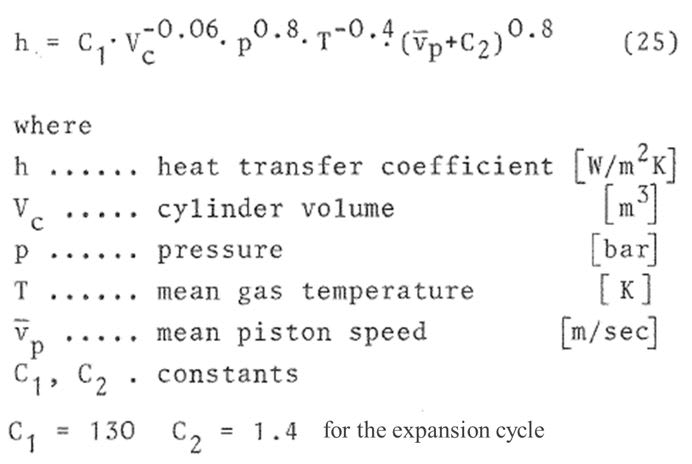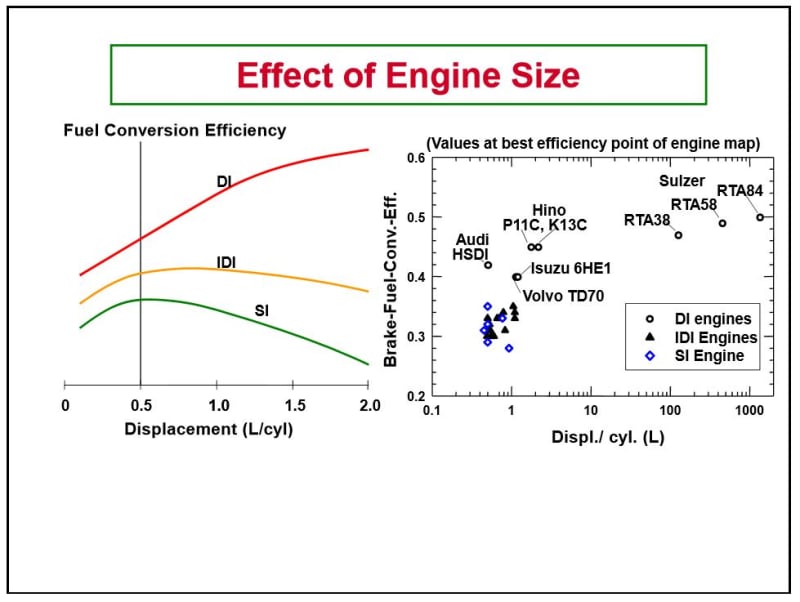hi all.
im new to this forum hope to learn from it.
i have a question i hope can be explained regarding engine piston size.
so i recently bought a new truck for my business. its an isuzu with a 5.2liter 4 cyl motor.
and i got thinking why are engine designers now making engines with larger fewer piston. 20 years ago a 5.2l motor would have been a v8. why is it now a 4cyl
thanks
im new to this forum hope to learn from it.
i have a question i hope can be explained regarding engine piston size.
so i recently bought a new truck for my business. its an isuzu with a 5.2liter 4 cyl motor.
and i got thinking why are engine designers now making engines with larger fewer piston. 20 years ago a 5.2l motor would have been a v8. why is it now a 4cyl
thanks


